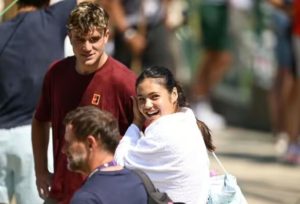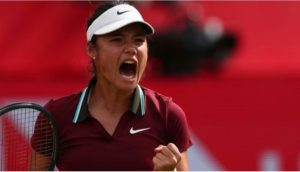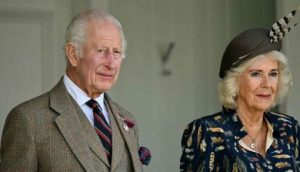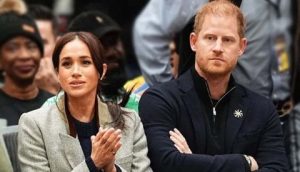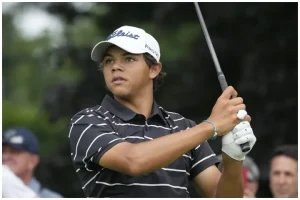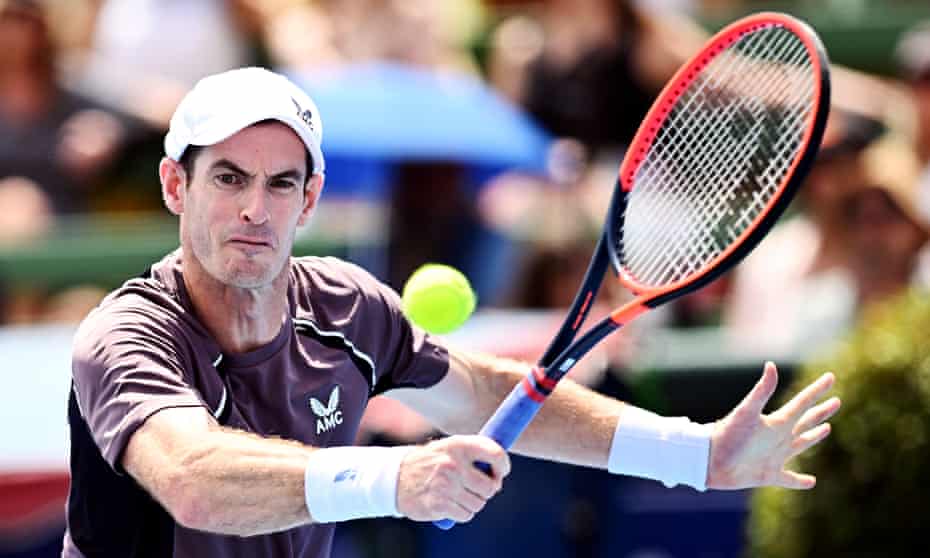
Scot is no longer a prisoner to injuries but faces a crossroads in 2024 as his serve and form falters
As Andy Murray continued on his arduous, brutal path towards greatness 14 years ago, he stared down Marin Cilic for a place in the Australian Open final. While Murray was 22 years old then, Cilic was even younger and less experienced. After a nerveless start from the Croat, Murray methodically reeled in his challenger to reach his first of five Melbourne finals in seven years.
On Wednesday at the Kooyong Classic in the suburbs of the city, the pair resumed their decades‑long rivalry under less intense circumstances. Now 36 and 35 years old respectively, both players grand slam title winners, they are in the twilight of their careers and desperately trying to hold on. As Murray fights against the odds after his career-altering hip injuries, Cilic is returning after undergoing knee surgery last January.
Their practice match in Kooyong, held in the handsome club that previously hosted the Australian Open, ended with a 6-3, 7-5 victory for Cilic as his far more consistent serving and clean, unrelenting aggression from the baseline awarded him the victory. Two poor service games from Murray, one in each set, proved the difference.
Murray offered a nonchalant shrug to the result as their preparations continued. “It was all right,” he said. “I didn’t serve that well at the beginning of the match but got a bit better as it went on and had a few chances and the second set. Didn’t get them but obviously it’s always good to get some matches in and it’s always a little bit different than playing practice sets.”
For Murray, the first few months of the season will be significant after his dire end to 2023. In his final match of the season, he led Alex de Minaur 5-2 in the third set at the Paris Masters, reaching match point on his serve before his lead crumbled to dust. Murray finished the season having endured five defeats in his final six matches and admitted he was not enjoying himself.
To his credit, though, Murray immediately responded. This has been a hard off-season for the Scot as he managed the shoulder injury that forced him to end his season before the Davis Cup Final 8 stage, a knee injury and illness before his December training block in Dubai.
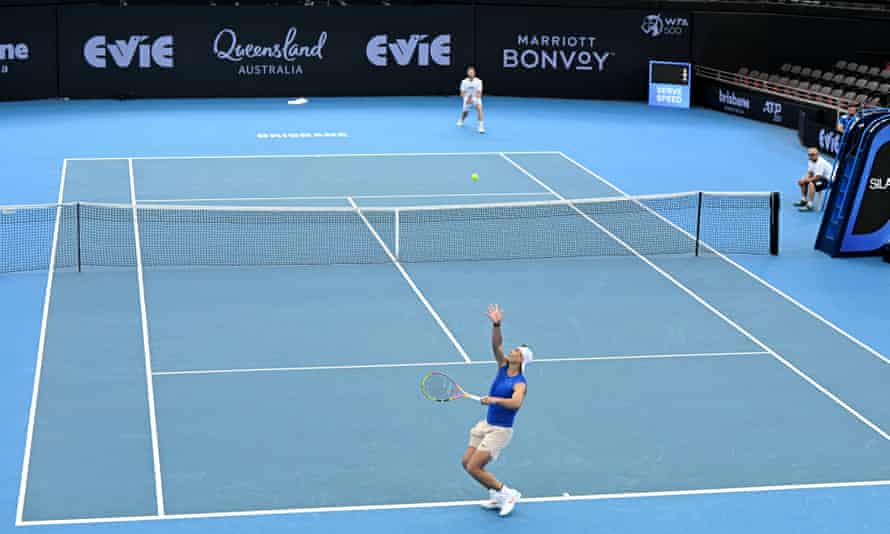
Murray was motivated enough to put in work each day. He was ever‑present at the National Tennis Centre, searching for ways to improve. He particularly identified his first serve as a weakness, with the stroke failing to offer him sufficient free points and easy second balls. Despite his physical limitations stopping him from training at full intensity throughout the off-season, he worked hard to find solutions.
“If I put myself in those situations, it’s always been one of the better parts of my game,” he said of his difficulties to close out matches last year. “I never had an issue with that in my career, and last year I felt like, because I was not serving well, when it came serving for matches I was not getting many free points, ending up in long rallies. Just not feeling comfortable on the court.
“Hopefully, with some improved serving and feeling a bit better about my game, when I put myself in those situations it goes well.”
But the reality for Murray is clear. If he can make further progress with his game, he may remain motivated to continue pushing himself to his limits. If his form from 2023 continues, though, there will be serious questions about his future and whether his career should endure beyond this year. With the possibility of competing in one final Olympic Games on the horizon this year, 2024 offers the two-time gold medallist a clear opportunity to finally move on. For the time being, he remains positive that this will not be necessary.
Jack Draper continued his positive start to the year as he survived an excruciating encounter with Miomir Kecmanovic in Adelaide, saving two match points to defeat the Serb 5-7, 7-6 (11), 7-6 (7) and reach the quarter-finals.
